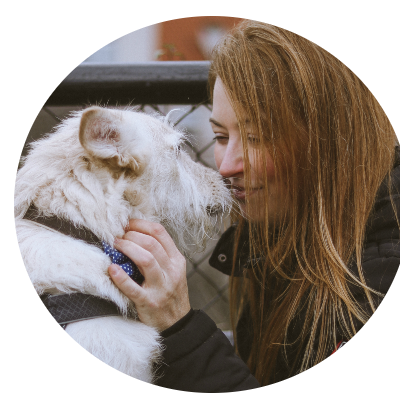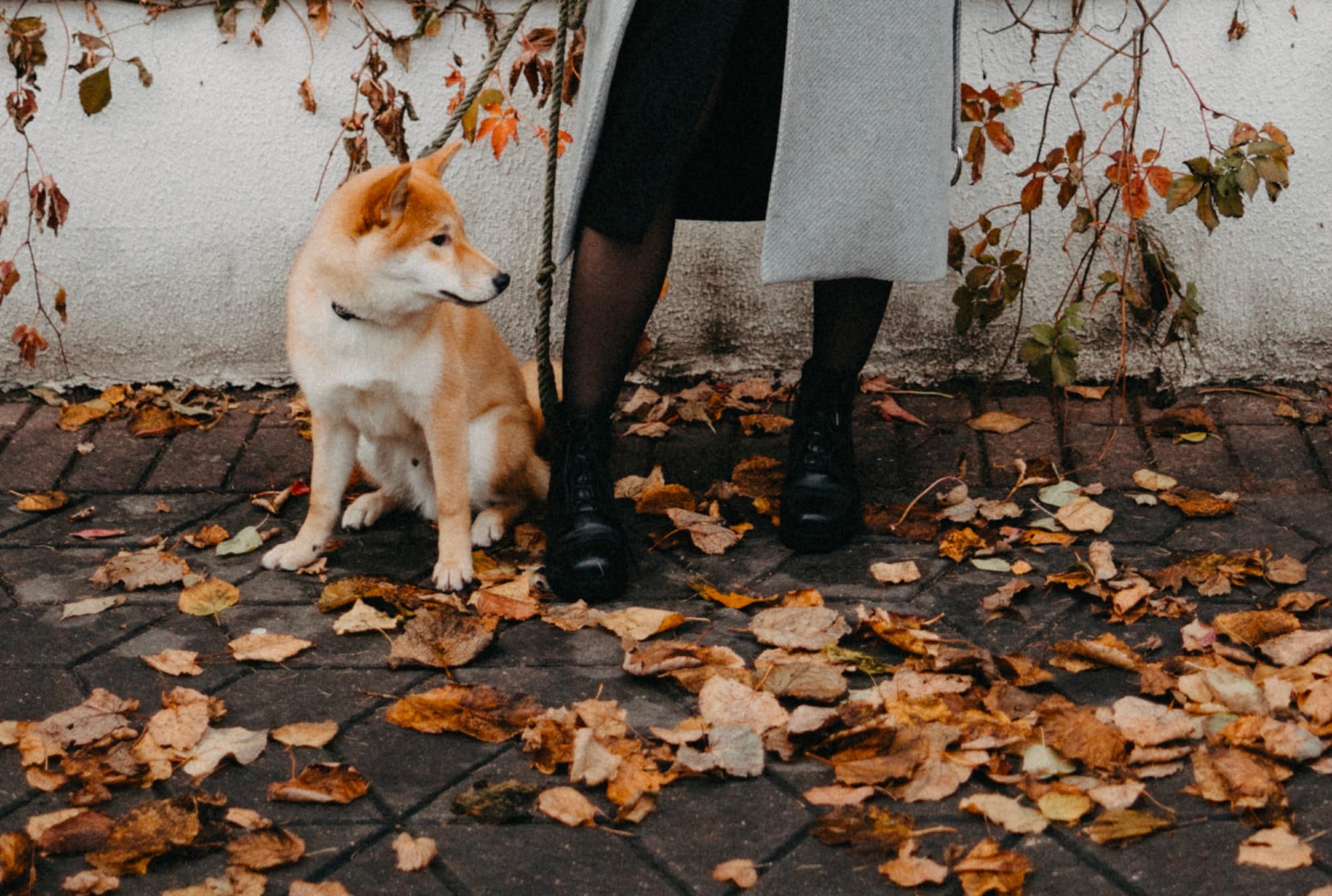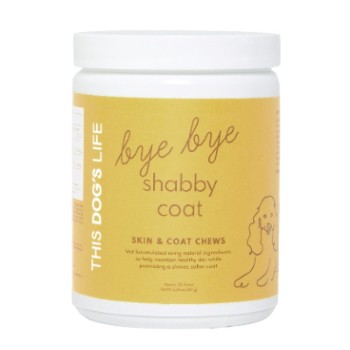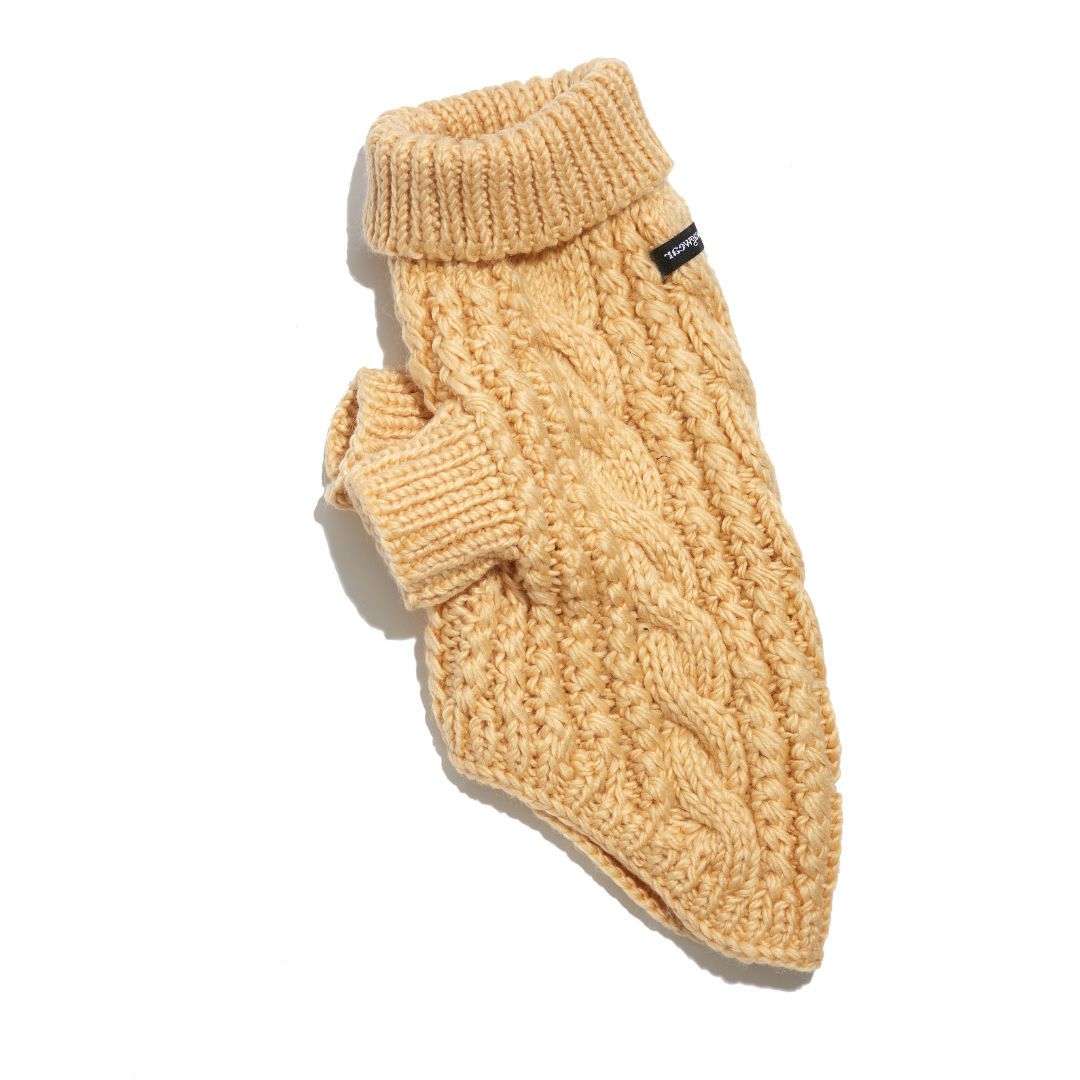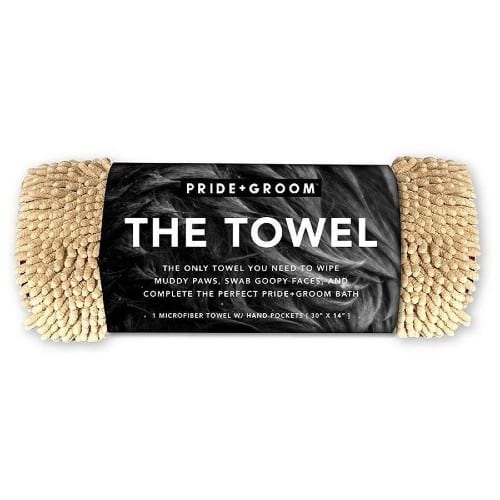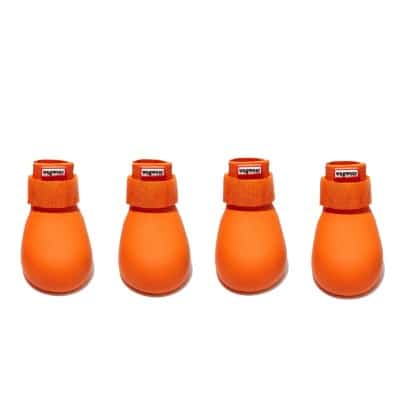Autumn brings cool, fresh air, beautiful fallen leaves and stunning landscapes waiting to be explored. But like every other season, the autumn months also bring their share of pitfalls and hazards, including for your dog.
Here are some things to watch out for now that fall is finally here.
1. Fall Holidays
Two big holidays – Halloween and Thanksgiving – take a place in the fall, and both bring their own dangers along.
While Halloween has already passed, treats and sweets may still be laying around your house. Your main concern should be chocolate, which contains theobromine, a chemical that’s very toxic to dogs. “The darker and richer the chocolate is (think baking chocolate or brownies), the more dangerous it is to your pet,” explains veterinarian Dr. Alex Schechter, founder of Burrwood Veterinary. If you suspect your dog has eaten chocolate, contact your vet immediately or the ASPCA Animal Poison Control Center at 1-888-426-4435.
And for Thanksgiving, while the added cozy gatherings and dinner parties are great to spend time with family and friends, they also mean visitors who might slip your dog a bite here and there. The American Veterinary Medical Foundation (AVMF) warns against feeding even a small amount of turkey skin to your dogs, as this could potentially cause pancreatitis.
Related: Oh My Gourd! 5 Yummy Fall Pumpkin Recipes for Your Dog
Onions, raisins, and grapes are all dangerous as well, and so are yeast dough and many other fatty foods popular during Thanksgiving. To be safe, have a chat with your guests in advance to make sure they don’t feed your dog anything without asking you first.
2. Backyard Hazards
The fall is time for acorns, chestnuts, and mushrooms, all of which can be toxic and very dangerous to dogs. Non-digestible items that fall on the ground, like acorns, pose a real risk as they can obstruct the stomach and small intestine, leading to a gastrointestinal blockage or even a gut perforation, says Dr. Linda Simon, a veterinary surgeon. They can also cause vomiting and diarrhea if ingested in large quantities. “You should not allow your dogs to ingest these things, and basket muzzles may be needed for those who don’t listen to our instructions,” says Dr. Simon.
Related: 5 Easy DIY Dog Treats for the Fall
Fall is also peak season for mushroom growth in your backyard, some of which are poisonous. According to VCA Animal Hospitals, mushroom toxicity can vary from mild gastrointestinal upset like diarrhea to serious liver or kidney damage to neurotoxicity that can lead to hallucinations, tremors, and seizures. “If your dog does munch on a mushroom before you can stop them, consult your vet and take a photo of the offending fungus for them to assess,” says Dr. Simon.
3. Lawn Treatments
Fertilizers and herbicides often make an appearance in the fall, as homeowners start to prepare their lawn for winter. However, many of these chemicals are highly toxic to animals (and children) and should be avoided whenever possible, or find ones that are dog- and kid-friendly.
Dr. Schechter says some fertilizers containing nitrogen, phosphorus, and potassium can cause eye and skin irritation if they come into contact with your dog’s skin or mucous membranes inside the mouth or nose.
As for herbicides, some “can cause vomiting or diarrhea if ingested by your pet, while fungicides can cause skin irritation if they come into contact with your pet’s skin or mouth or nose,” he adds.
To lower risks, Dr. Schechter recommends keeping your dog away from areas where these chemicals have been recently applied. “If possible, keep your dog on a leash when walking so that they don’t lick soil that may contain these chemicals from plants nearby,” he says.
Spend some time searching for greener alternatives that don’t contain dangerous chemicals. Both your dog and your grass will thank you.
4. Seasonal Allergies
Dogs, like humans, can suffer from seasonal allergies including pollen, dander, grasses, weeds, trees, insects, pollen, ragweed and mold. And since dogs are closer to the ground than we are, a romp in the park can result in sneezing, coughing, wheezing, scratching and biting. “Fall allergies are caused by mold spores that are released when leaves fall off trees or grasses die off due to cold weather,” Dr. Schechter says.
Bye Bye Shabby Coat nourishes your dog’s skin and coat from the inside out. Veterinarian formulated and using powerful natural ingredients, including healthy omegas, salmon oil, and vitamin E, our chews help heal dry, itchy, irritated skin, while also promoting a shinier and softer coat. All our supplements are proudly manufactured in the USA.
Other signs are infected or inflamed skin, excessive licking of the paws, severe shedding, and runny discharge from the eyes or nose.
If you notice these symptoms in your dog during the fall season, it’s worth talking with your vet about potential sensitivities and whether allergy medication is a good idea.
Treatment will depend on the type of allergy but consider washing your dog regularly using a gentle shampoo that soothes the skin.
5. Cold Season
Chilly walks in fall weather can also lead to respiratory issues and illness, according to Dr. Schechter. “All dogs are at risk for getting sick from the cold temperatures and wet grass, but senior or ill dogs are more susceptible because their bodies don’t regulate heat as well as a healthy dog’s would,” he explains.
During chilly afternoons and evenings, it’s a good idea to put on a sweater or raincoat on your dog, especially if she has short hair, is old, immune compromised, or is more sensitive to the cold weather. The chill isn’t just down to numbers on the thermometer though; consider the wind chill and the level of dampness in the air.
“Make sure they don’t stroll through any puddles or shallow water as it will make them unwell,” Dr. Schechter adds.
And once you get home, dry off your dog well before you head to the couch for some warm cuddling time together.
Related: Here’s How to Create the Perfect Photo Shoot of Your Dog
6. Shorter Days
With daylight saving, darkness comes earlier in the day. Because of that, we need to protect our dogs. Equip your pup with reflective gear, including a harness, leash, collar, or coat to ensure he is seen.
Also, consider bringing a flashlight during walks in case you need to maneuver hazards on sidewalks and roads. (This also comes in handy to pick up poop). And if you have a reflective jacket, wear one, so cars can see you, so you can avoid any possible tragedies.
7. Fleas and Ticks
Fall is actually a peak season for some fleas as they don’t start to die until there are constant cold temperatures of 30 degrees or lower. And if you live in the south, fleas can be a year-round issue. Plus, the precipitation the season brings can make it a thriving time for fleas. If you spend a lot of time outdoors with your dog, be consistent with your flea protection.
The itchy, inflamed skin caused by flea bites will make your dog miserable, and you will find bites around your ankles when fleas jump off your dog inside your home. Using commercial or natural flea repellent will protect both you and your dog.
Another parasite to watch out for is ticks. Leaves, lawn, backyards and woods — all areas dogs love to romp through — harbor ticks just waiting for a free meal. Ticks are most active late spring, summer and early fall, but climate change has contributed to an extended tick season.
Talk to your veterinarian about the best tick protection, and check your dog for ticks after coming in from outside. If you do find a tick, remove it by grasping the tick with fine-point tweezers as close as you can to the dog’s fur, and pull it out in a straight, steady motion making sure you remove the entire tick, including its mouthpart.
(This article has been updated.)












